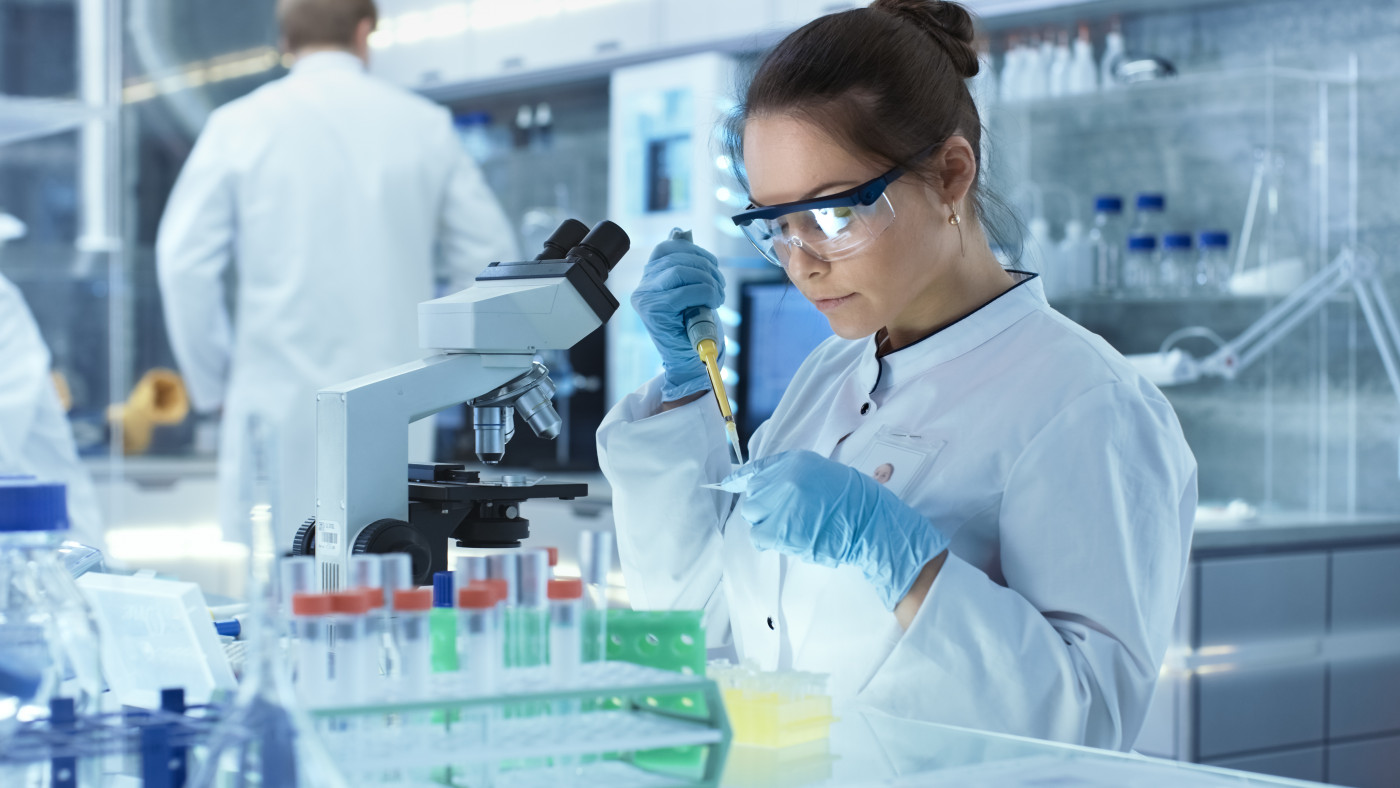Treatments Promoting AChR Clusters May Be New Therapeutic Approach in MuSK-MG

Treatments promoting the formation of acetylcholine receptor (AChR) clusters could represent a new therapeutic approach for people with MuSK-autoantibody positive myasthenia gravis (MuSK-MG), a preclinical study suggests.
While the data still need to be confirmed in further studies, researchers highlighted the therapeutic potential of targeting MG-associated cell processes, instead of modulating the immune system.
The study, “SHP2 inhibitor protects AChRs from effects of myasthenia gravis MuSK antibody,” was published in the journal Neurology.
In people with MG, the body’s immune system mistakenly recognizes AChR or muscle-specific tyrosine kinase (MuSK) — cell membrane proteins essential for nerve-muscle cell communication — as foreign molecules and attacks them by producing autoantibodies against these molecules. This leads to muscular weakness, lack of muscle control, and fatigue.
Most MuSK autoantibodies suppress MuSK interaction with low-density lipoprotein receptor-related protein 4 (LRP4), preventing MuSK’s phosphorylation (a chemical change) and AChR cluster formation. AChR clustering is essential for the development of the neuromuscular junction (NMJ), the point of contact where a motor nerve cell reaches a muscle cell and where their communication takes place.
“Considering this mechanism, increasing MuSK phosphorylation could represent a potential therapeutic strategy for the development of specific treatments [for MuSK-MG],” the researchers wrote.
NSC-87877 is a suppressor of SHP2, an enzyme that regulates AChR clustering by reducing MuSK phosphorylation. Previous studies have shown that NSC-87877 promoted AChR cluster formation in mouse muscle cells grown in the lab.
Researchers in Italy set out to evaluate NSC-87877’s ability to increase MuSK phosphorylation and to prevent or reduce the effects of MuSK autoantibodies in two cellular models of MuSK-MG.
They analyzed the therapeutic effects of NSC-87877 in mouse muscle cells grown in the lab and exposed to either total blood or purified MuSK autoantibodies from 31 MuSK-MG patients (28 women and three men; median age of 42 years at disease onset) and two healthy donors.
Results showed that blood from MuSK-MG patients reduced the number and size of AChR clusters in these cells and the degree of these suppressive effects was associated with MuSK autoantibodies levels in each blood sample. Also, purified MuSK autoantibodies from two MuSK-MG patients suppressed both MuSK phosphorylation and AChR clustering.
Notably, NSC-87877 treatment was able to reverse the suppressive effects of MuSK autoantibodies both isolated and in total blood. NSC-87877 significantly increased MuSK phosphorylation and the number of AChR clusters in all conditions.
“In the presence of MuSK-MG [blood], the AChR clusters were reduced, as expected, but NSC-87877 was able to protect or restore the clusters,” the researchers wrote.
The team noted that while most MG therapies target the immune system, faster pharmacologic treatments that modulate the intracellular mechanisms underlying the disease, such as NSC-87877, should be explored.
“Stimulating the … AChR clustering pathway with NSC-87877, or other drugs, could represent a novel therapeutic approach for MuSK-MG and could potentially improve other NMJ disorders with reduced AChR numbers or disrupted NMJs,” the researchers wrote.
They noted, however, that future preclinical studies, both in cellular and animal models of MuSK-MG, are required to confirm these findings and to better understand the molecular mechanisms behind these potential therapeutic effects.
The team emphasized that previous studies in mice suggested that pharmacologic suppression of SHP2 should be well-tolerated in skeletal muscles of animal models and humans, but other SHP2-specific suppressors also should be studied.






